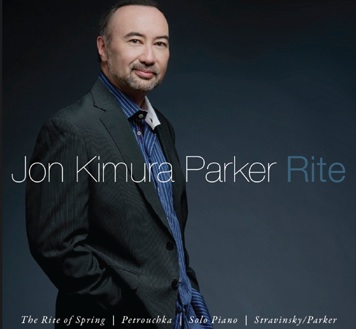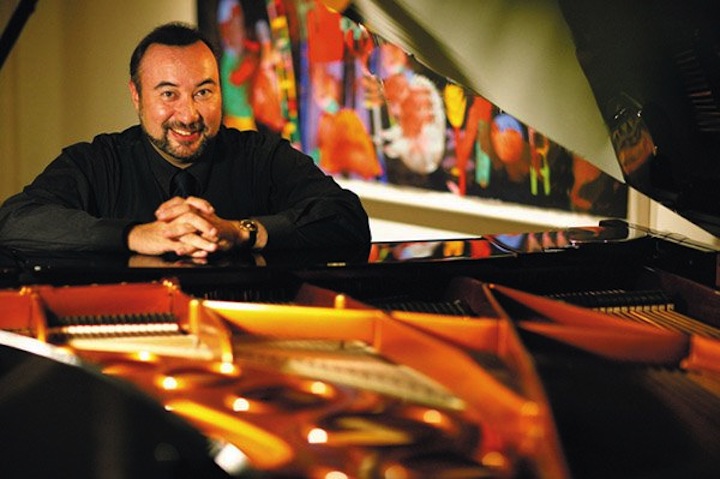Great artists have obsessive personalities, and pianist Jon Kimura Parker is no exception. His weakness? The angular, visceral ballet scores of Igor Stravinsky. And what better time than the spring The Rite of Spring turns 100 to show off Parker’s (literal) handiwork in impersonating a symphony orchestra.
- Classical Music 101: What Does A Conductor Do? - June 17, 2019
- Classical Music 101 | What Does Period Instrument Mean? - May 6, 2019
- CLASSICAL MUSIC 101 | What Does It Mean To Be In Tune? - April 23, 2019
Parker’s new album is the ultimate in DIY: It is self-produced, recorded at Rice University in Texas, where he has been teaching for many years now; and the transcriptions of the full ballet scores of The Rite of Spring and Petrouchka (premiered in 1911, two years before Rite of Spring) are the pianist’s own.
 Parker’s work is nothing short of spectacular, both in terms of translating a complex orchestration into something for 10 fingers on 88 keys and in terms of making it sound compelling.
Parker’s work is nothing short of spectacular, both in terms of translating a complex orchestration into something for 10 fingers on 88 keys and in terms of making it sound compelling.
Since his Leeds piano competition win more than a generation ago, Parker’s calling card has been a magnetic combination of dazzling technique and the sort of friendly charisma that practically compels a person to offer to buy him a beer at the closest pub right after the show.
These Stravinsky transcriptions shed light on a completely different aspect of the artist: his obsession with translating the circumscribed sound and action of a felt-covered piano hammer hitting metal strings into a wider tonal and rhythmic world.
There is one more thing Parker is doing here, and I couldn’t put it into words succinctly until I read the pianist’s own (very short) notes on the project inside the CD case (I always read the notes after listening at least once, then listen again):
To create the transcriptions of both ballet scores I worked from a multitude of sources, including full orchestra scores, arrangements by Stravinsky himself, Vladimiar Leyetchkiss, Sam Raphling, and Fred Cohen, and many live performances and orchestral recordings. Listening to an orchestra was an important part of the process for me: a score shows what everybody plays, but a live performance gave me a better idea of what one actually hears.
And there we have it: This pianist has tried to distill the experience of listening to The Rite of Spring and Petrouchka rather than the ballet scores themselves.
There is no question that, after hearing a Valery Gerghiev-conducted performance of Rite, the piano version, no matter how expertly rendered, is a bit threadbare, perhaps a bit too percussive. Petrouchka has its head-banging moments, too.
But in Parker’s hands, there is nearly an infinite degree of percussive, all sorts of subtle layering of little textures, careful breaths and seamless rhythmic transitions — all happening while, on the surface, his fingers fly and crash through hundreds of notes, often at breakneck speed.
Piano transcriptions were born before the age of reproduction. If people wanted to hear their favourite opera arias or symphonic moments, someone had to start with the piano in the parlour.
In the age of iTunes, the very best most amazing recording of any given classic is a finger-tap away. So instead of a more-or-less fair facsimile or a so-so substitute, Parker declares the transcription to be a way to hear the music in a new, different and eye-opening way.
Bravo.
You can find out more about the album here.
Here is a short video about Parker’s Stravinsky obsession:
John Terauds
- Classical Music 101: What Does A Conductor Do? - June 17, 2019
- Classical Music 101 | What Does Period Instrument Mean? - May 6, 2019
- CLASSICAL MUSIC 101 | What Does It Mean To Be In Tune? - April 23, 2019




